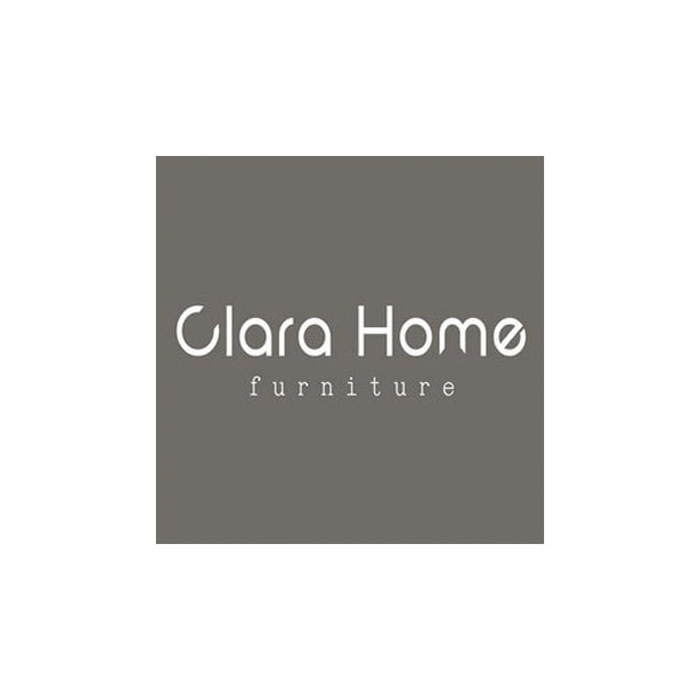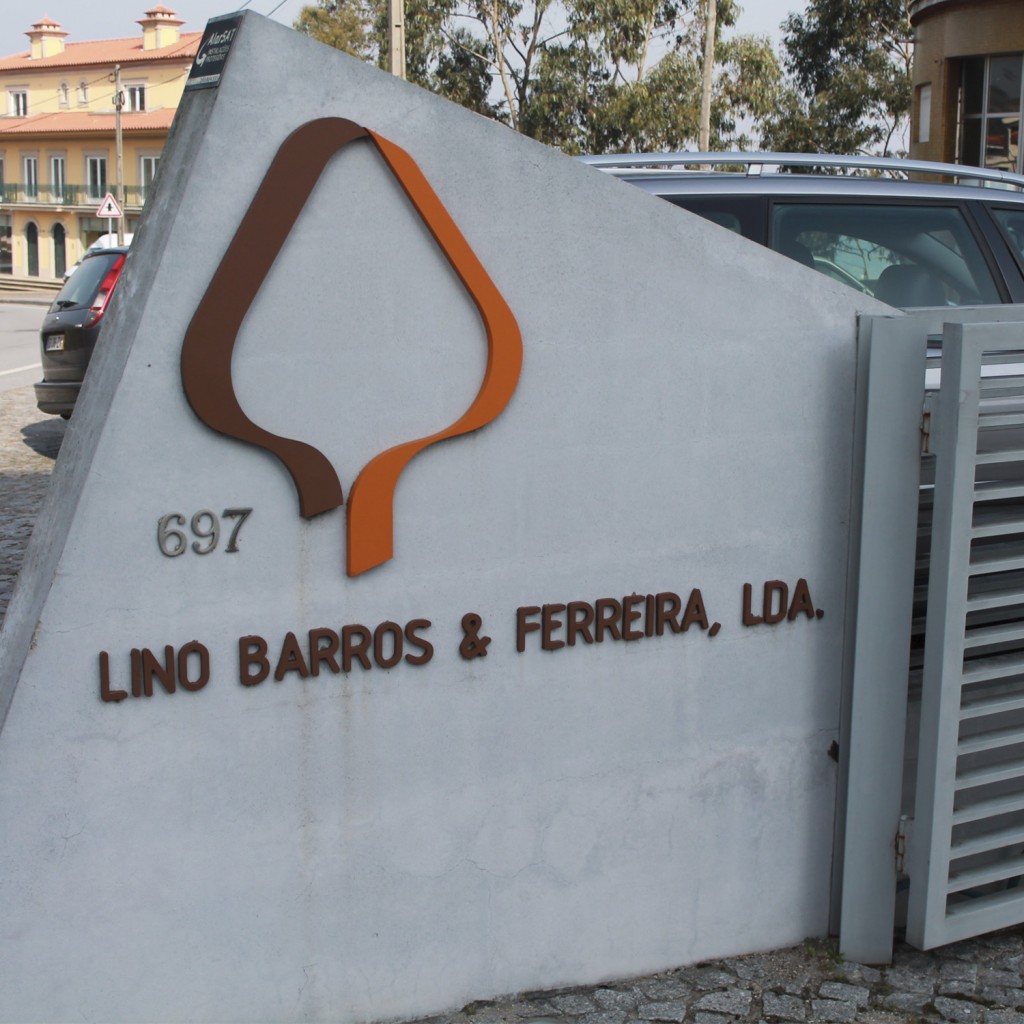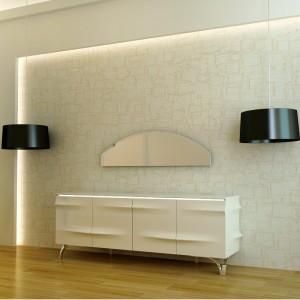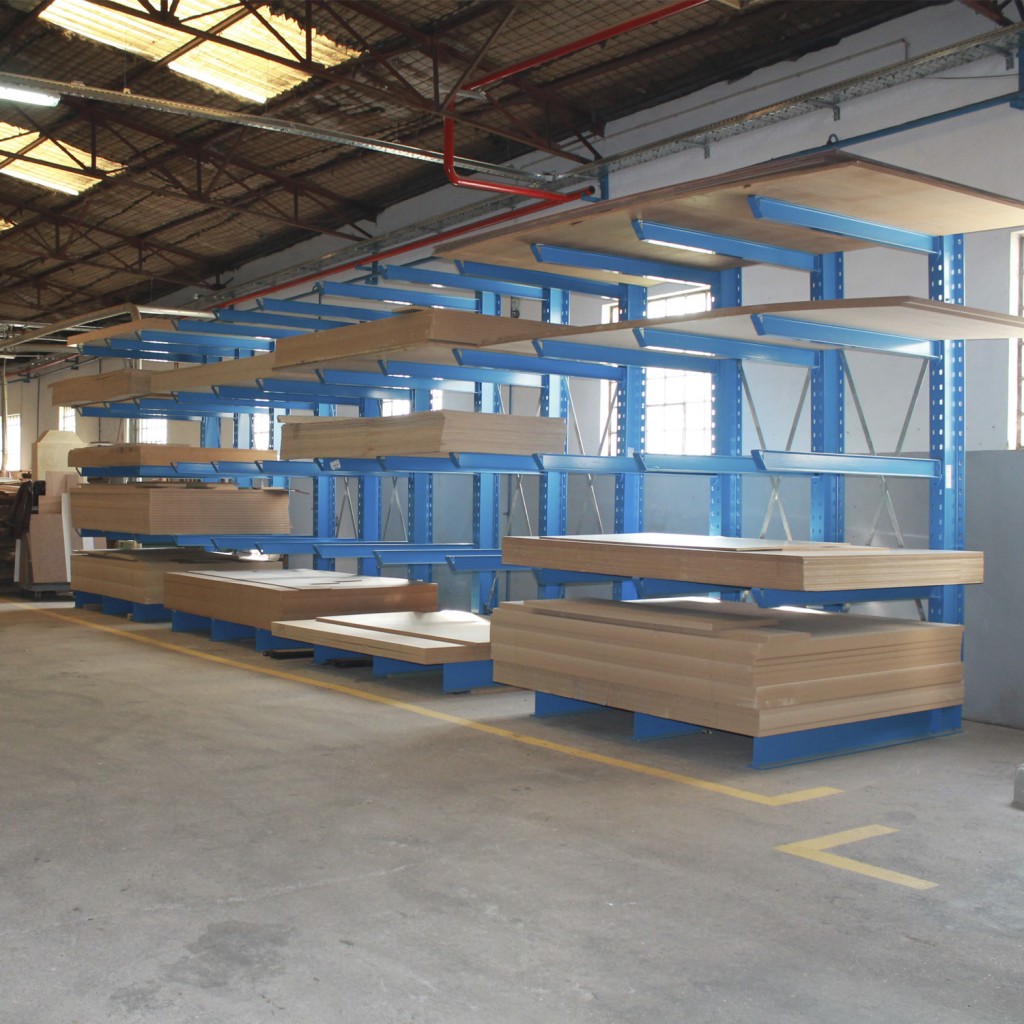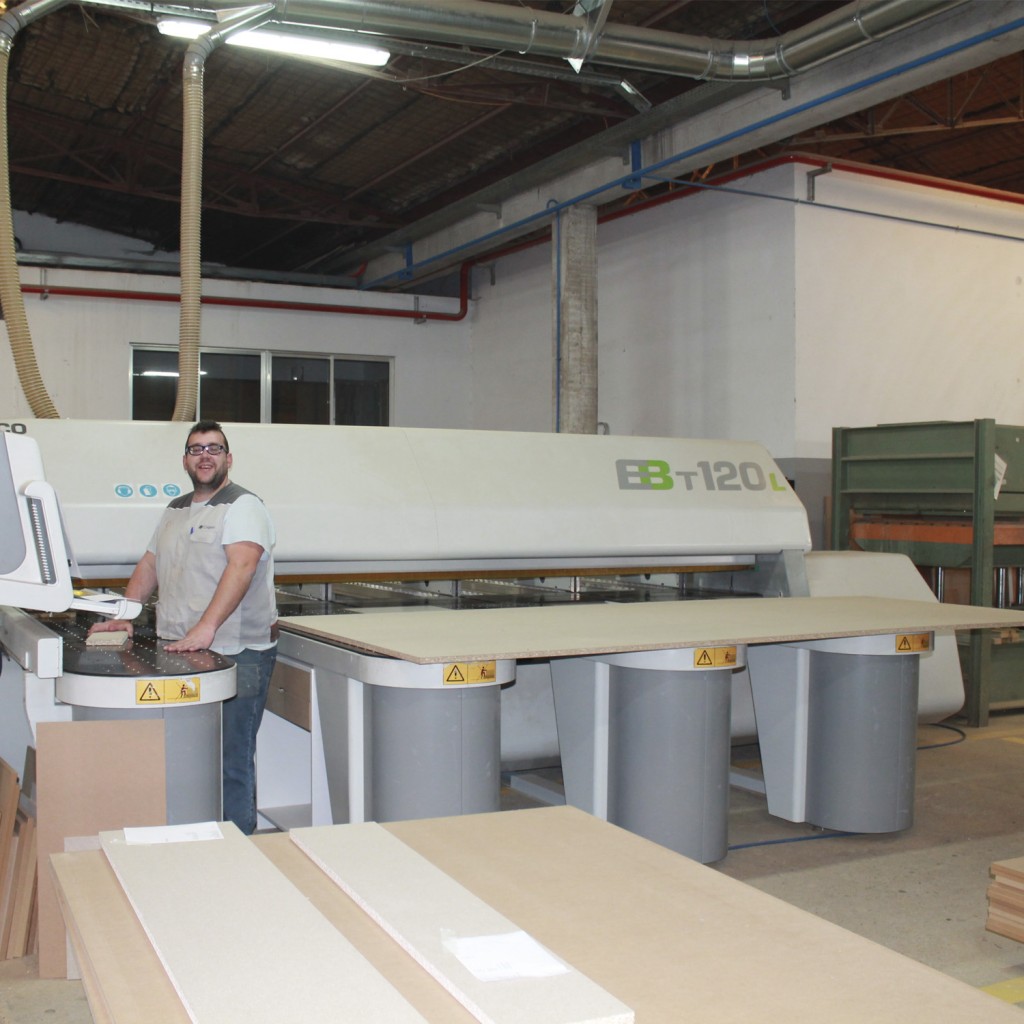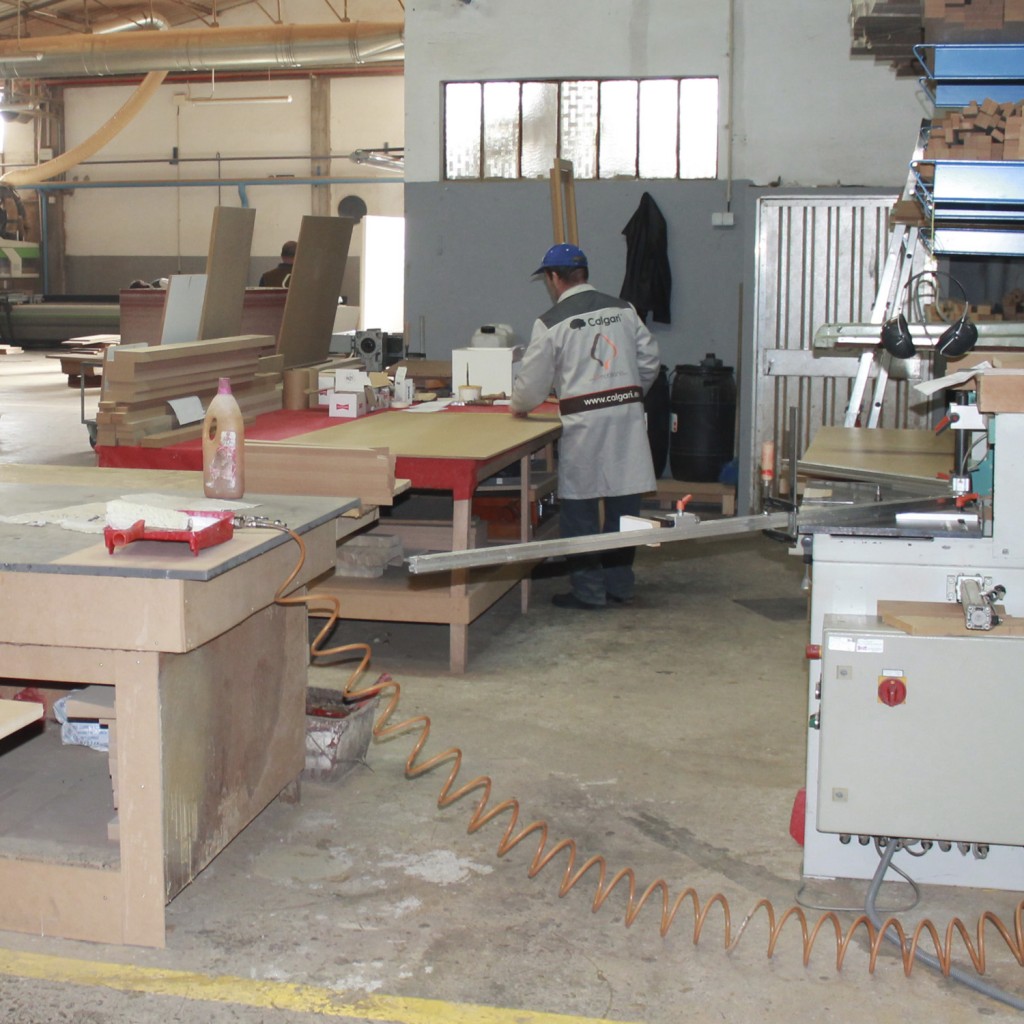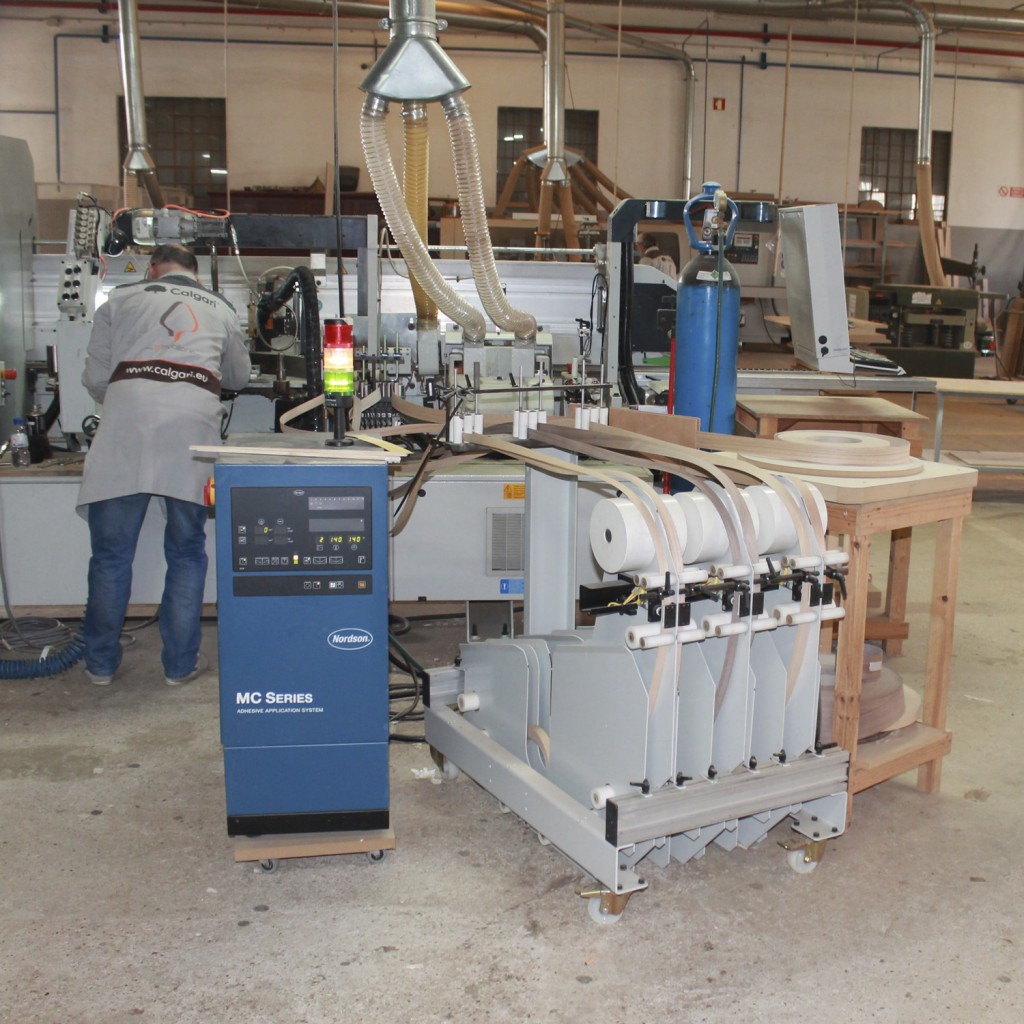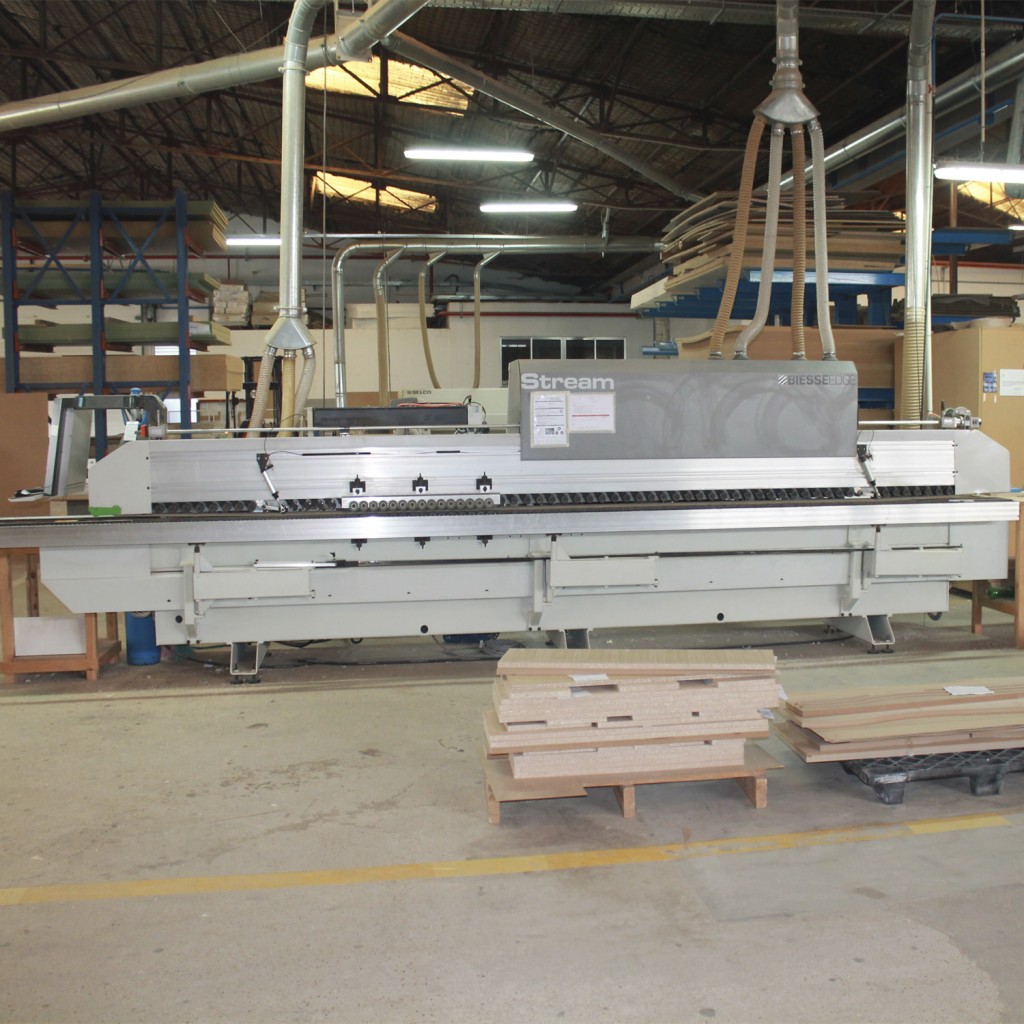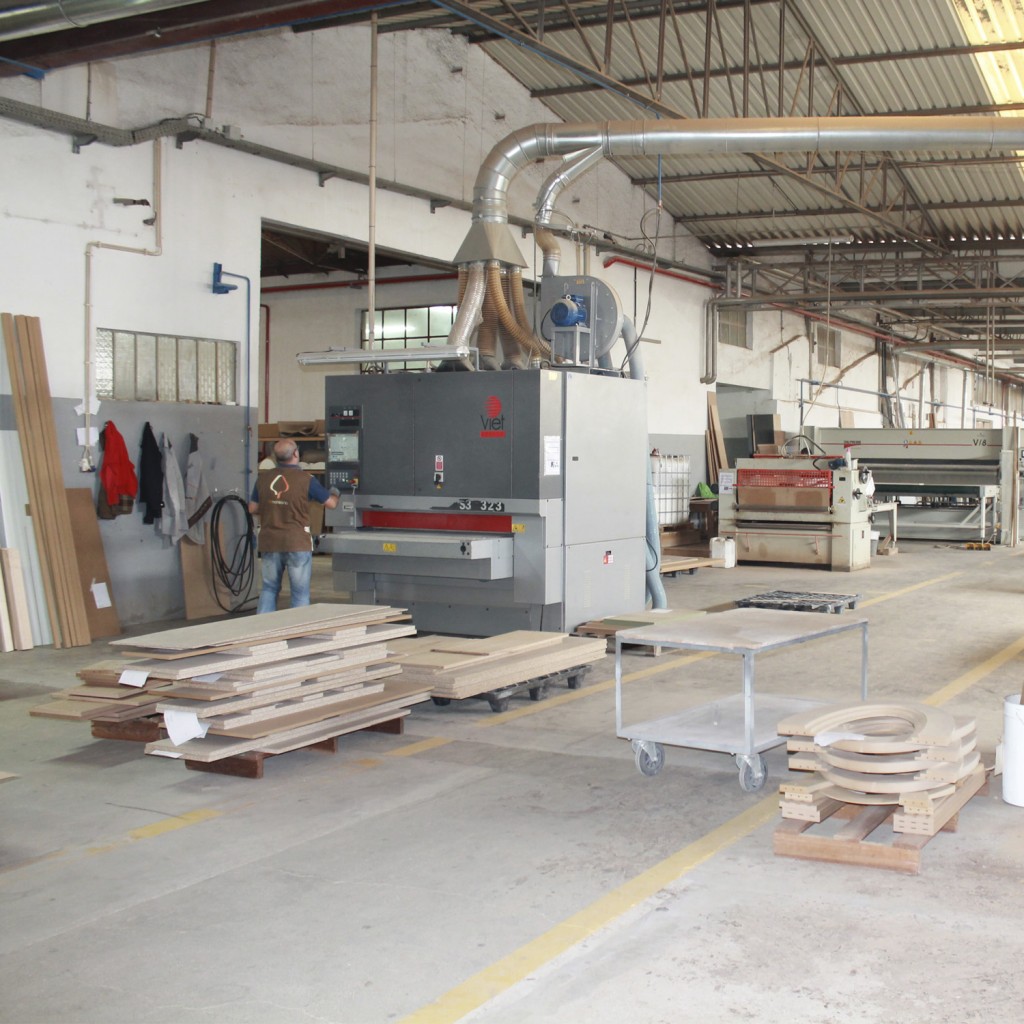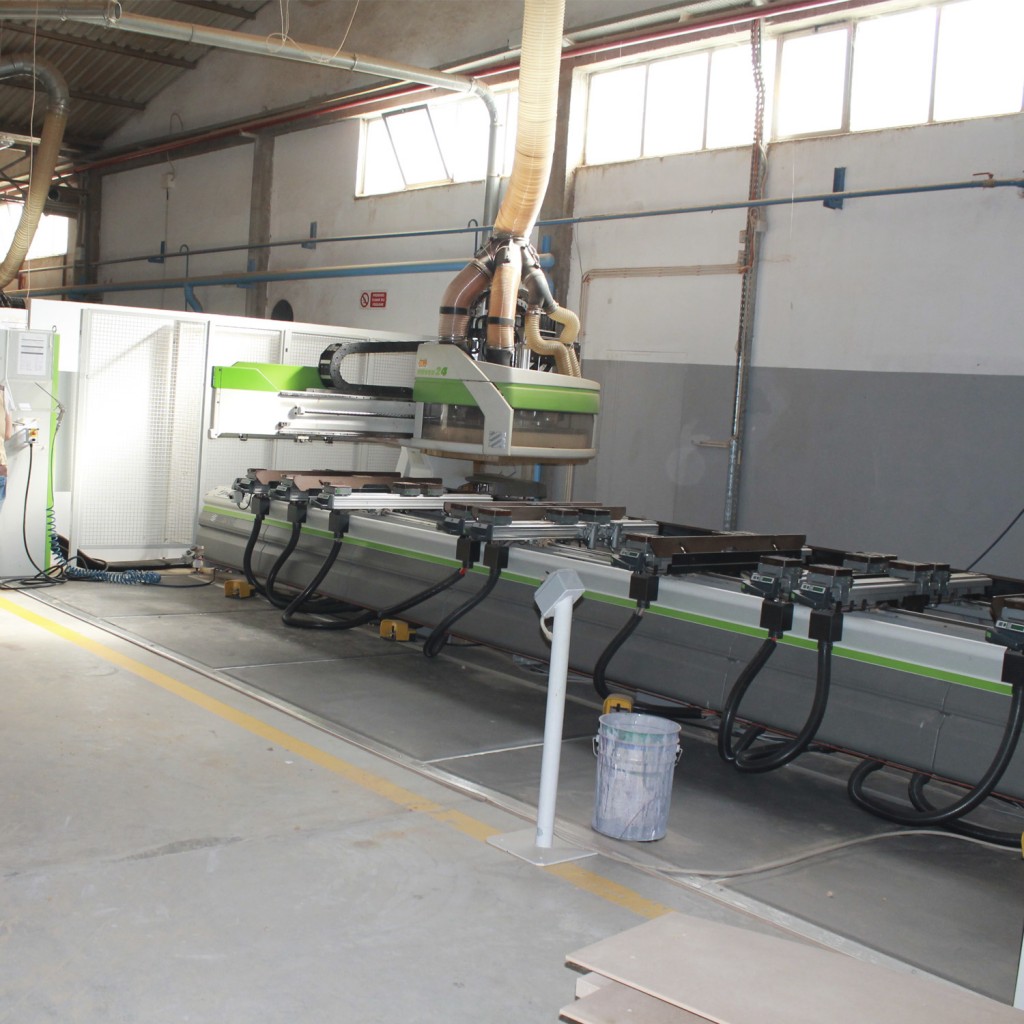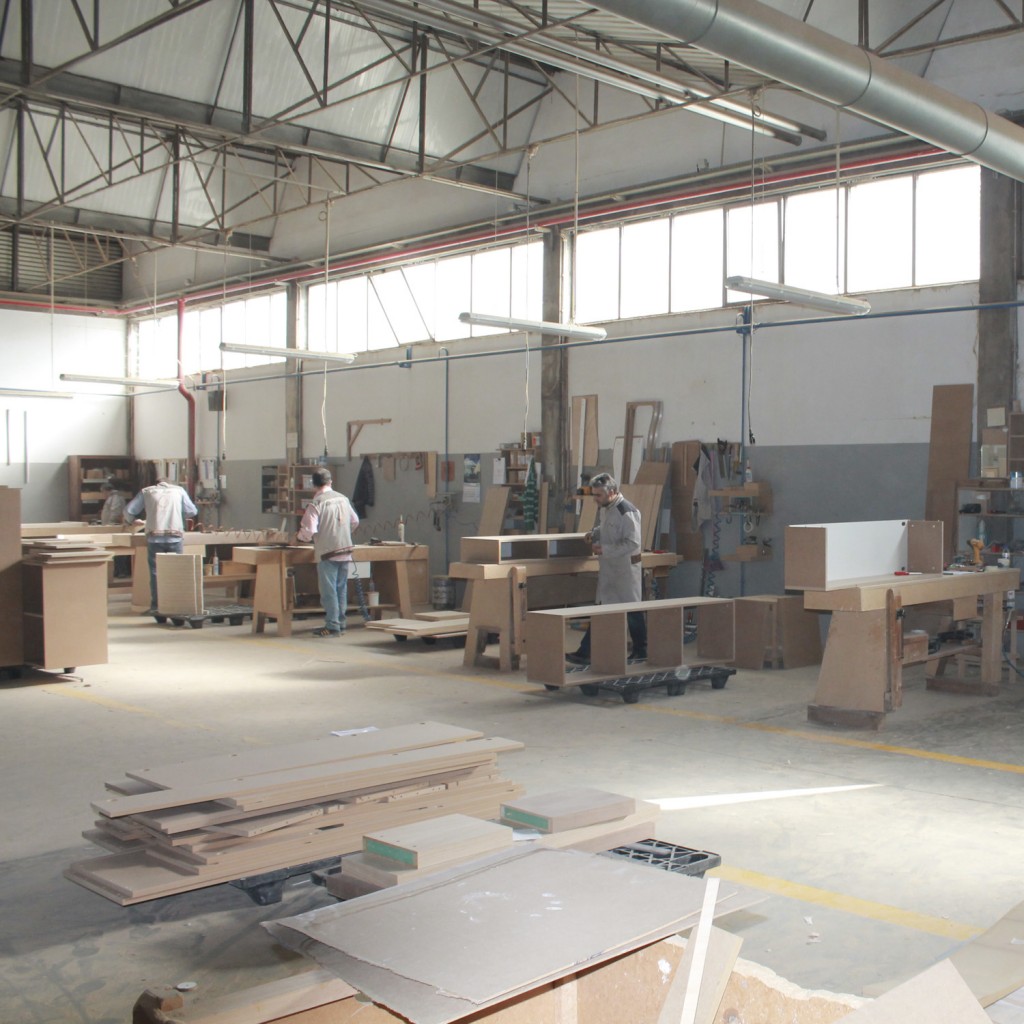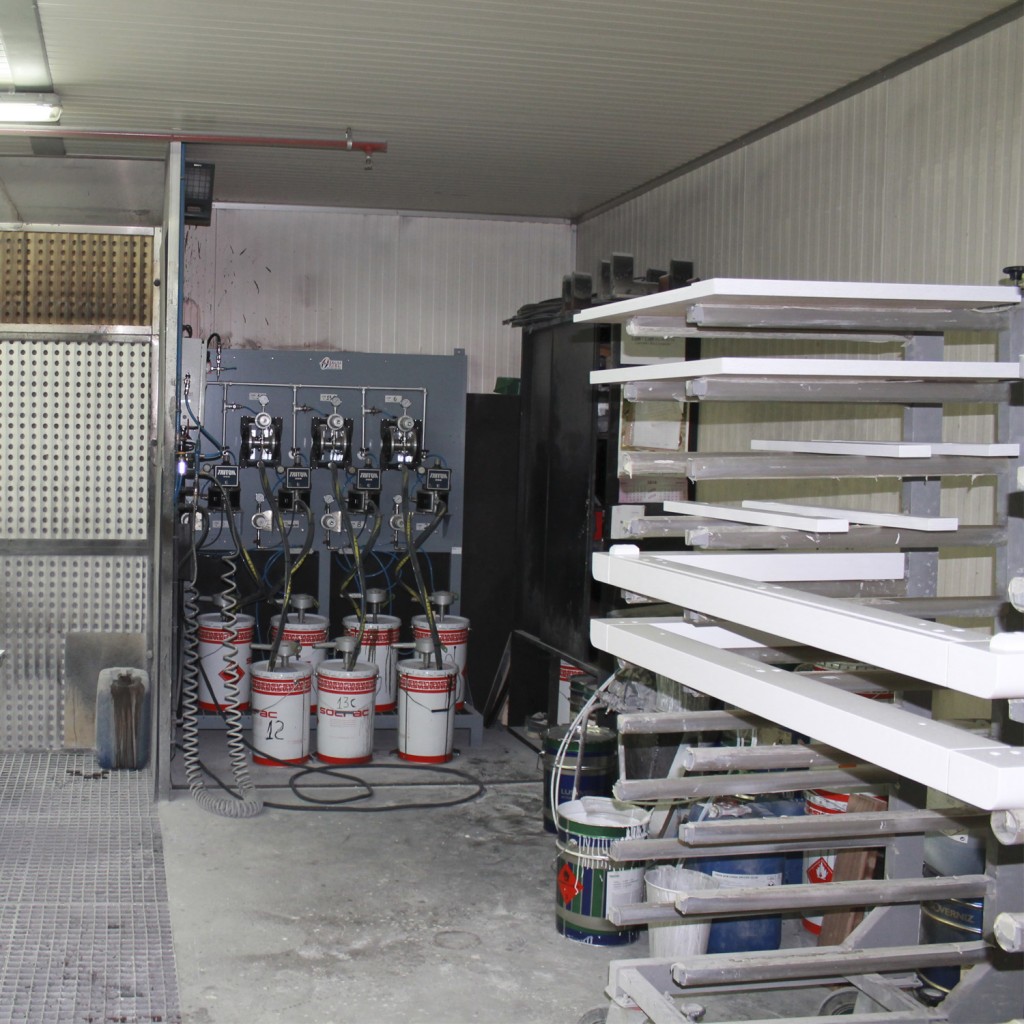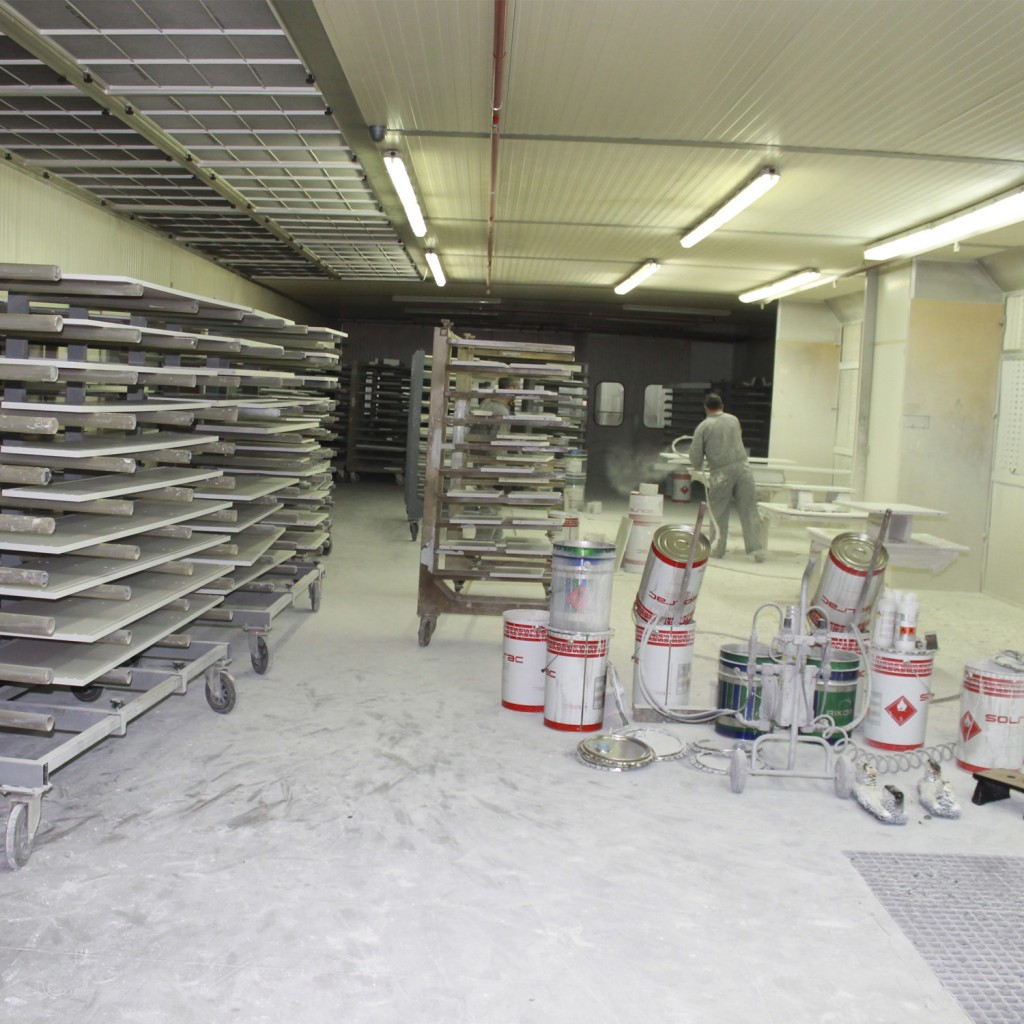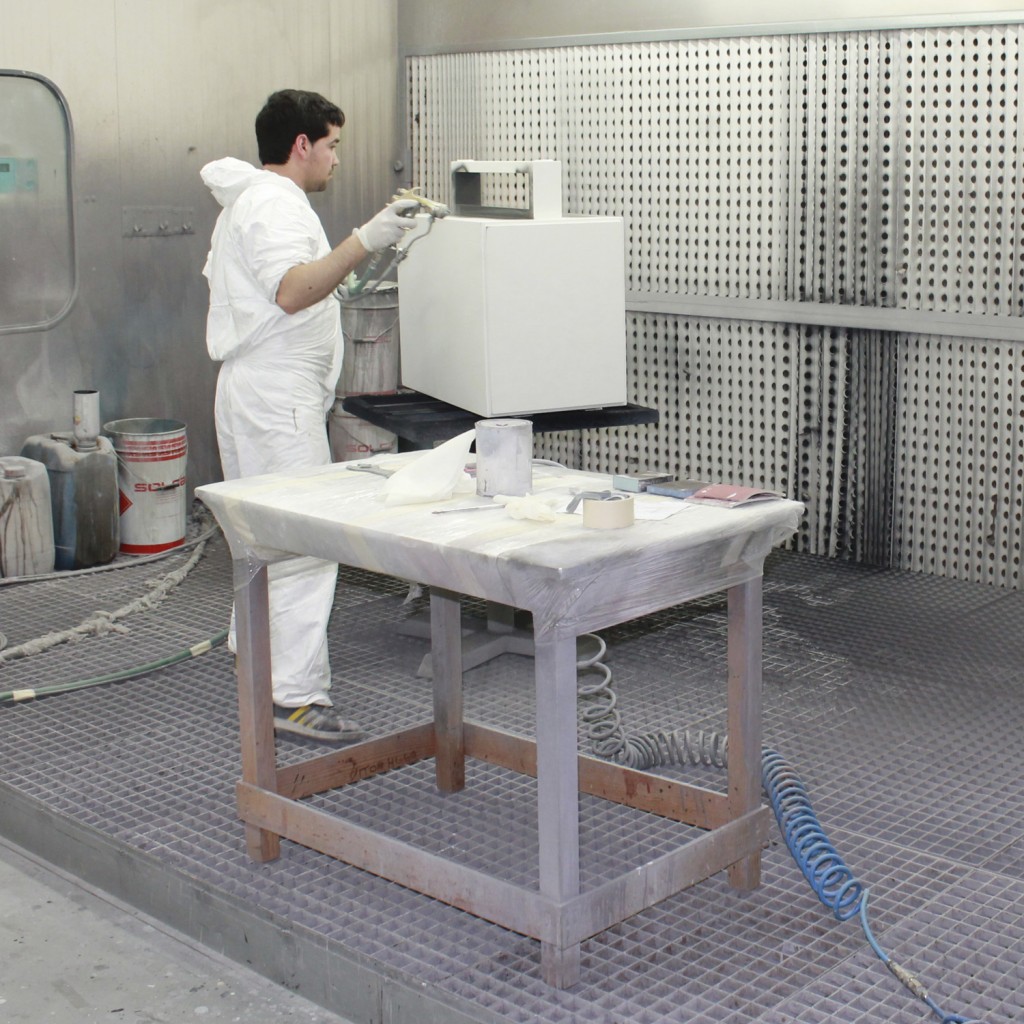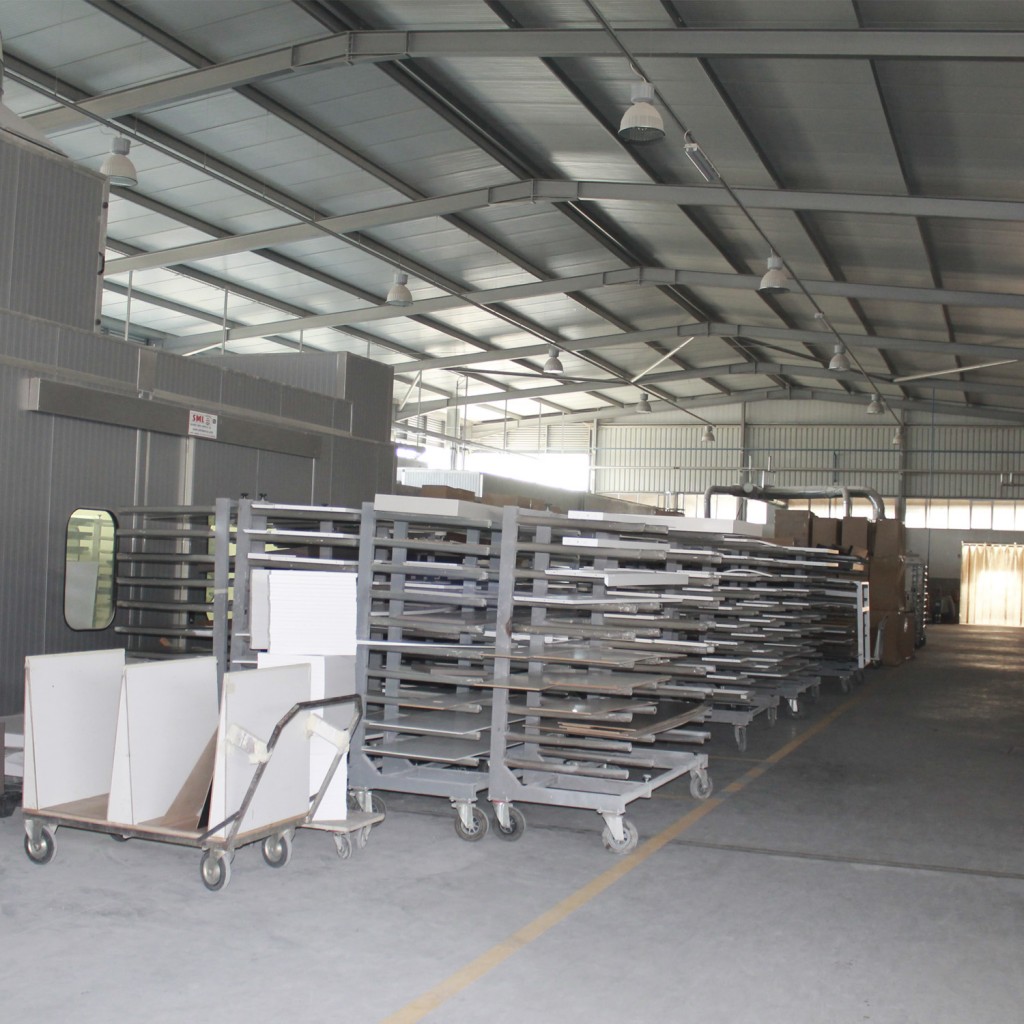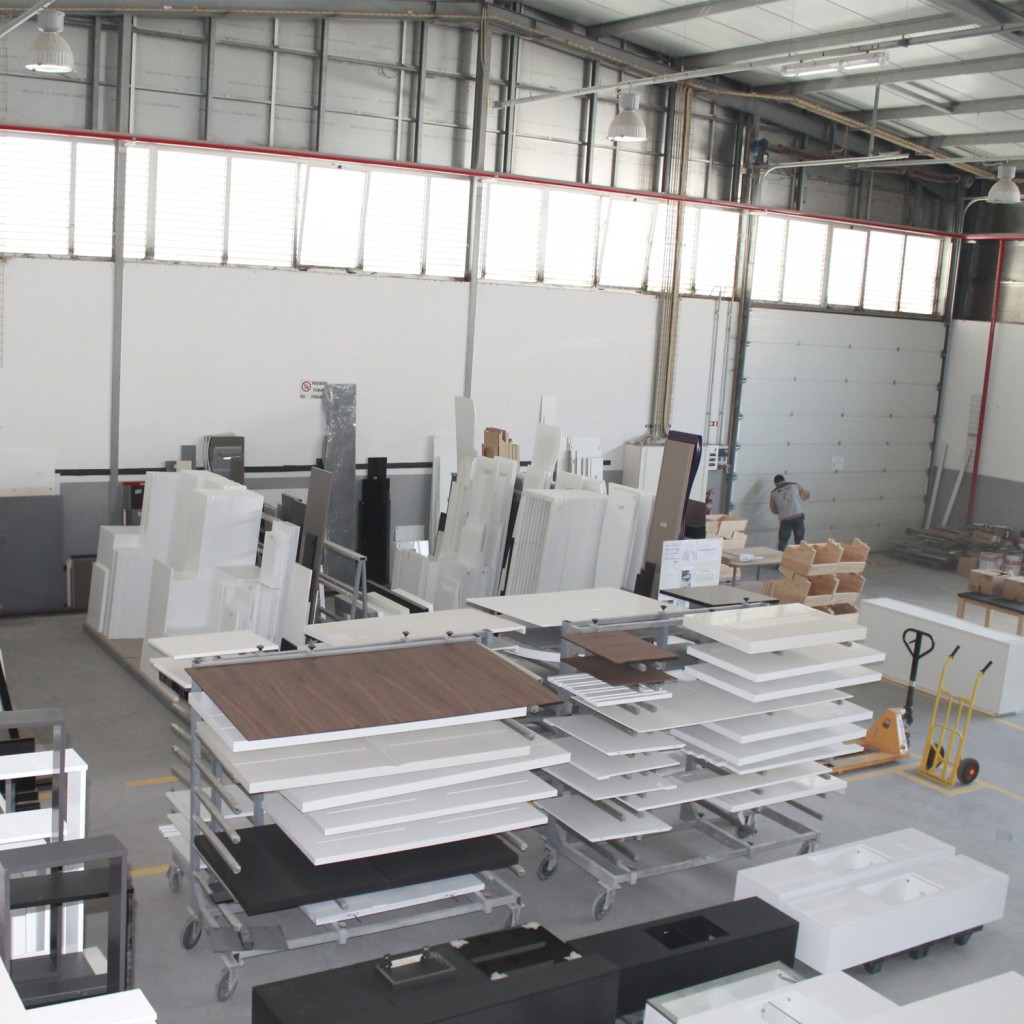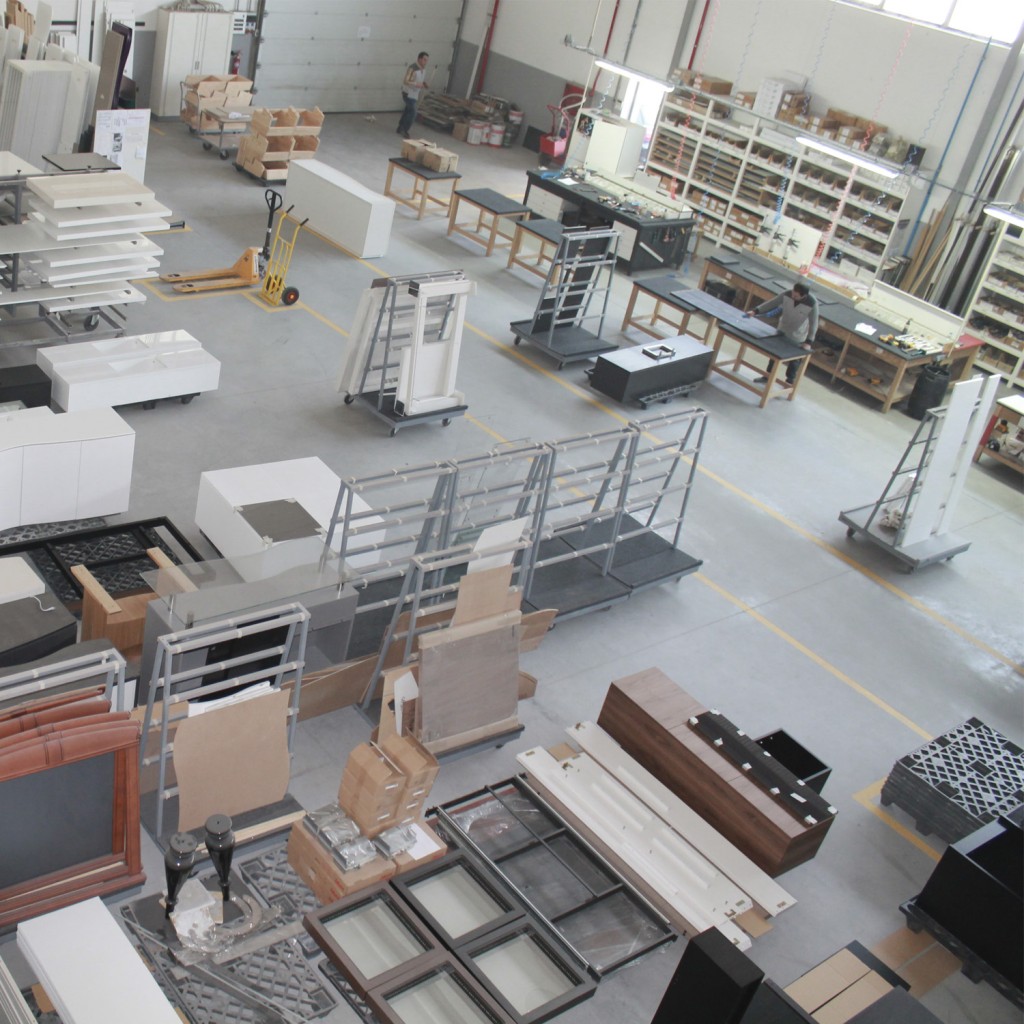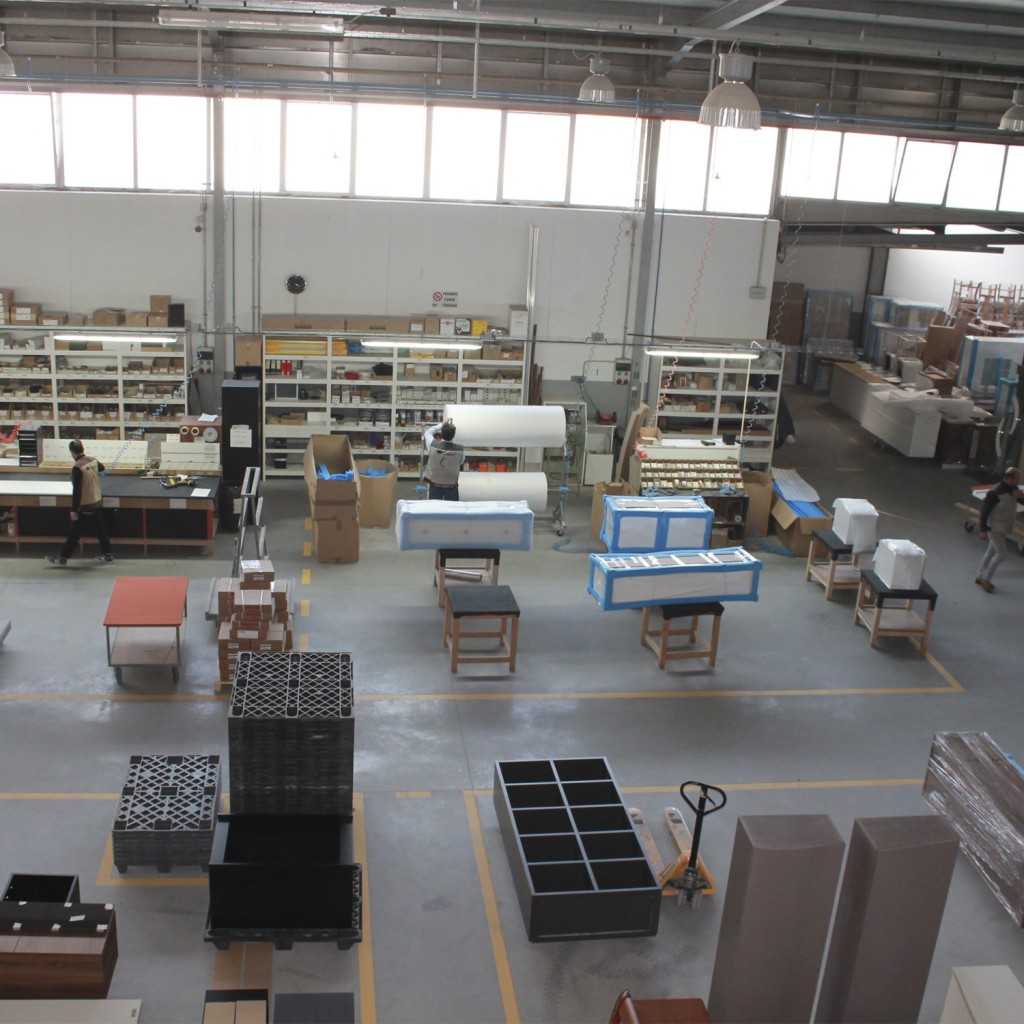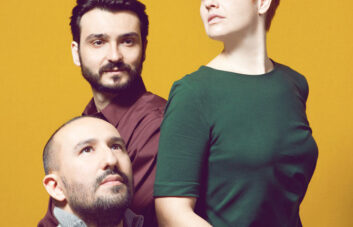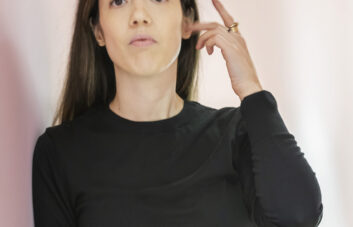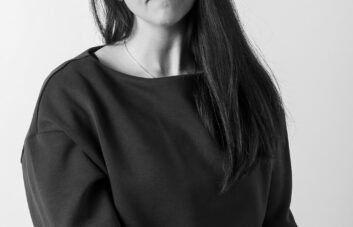Clara Home es una empresa portuguesa dedicada a la fabricación de mobiliario de diseño.
OcioHogar – ¿Cómo se originó la idea de fundar Clara Home?
Clara Home – La necesidad de crear la marca Clara Home se produjo cuando como empresa decidimos modificar nuestra imagen hacia el público. Nacimos con la marca LBF Mobiliario que estaba más asociada a una empresa de fabricación de modelos clásicos. Con Clara Home nos hemos adentrado al mobiliario de diseño, creando piezas originales, con nuevos acabados y nuevos componentes. La nueva marca ha supuesto un rejuvenecimiento, máyor orientación al estilo y una mejor segmentación de nuestros clientes.
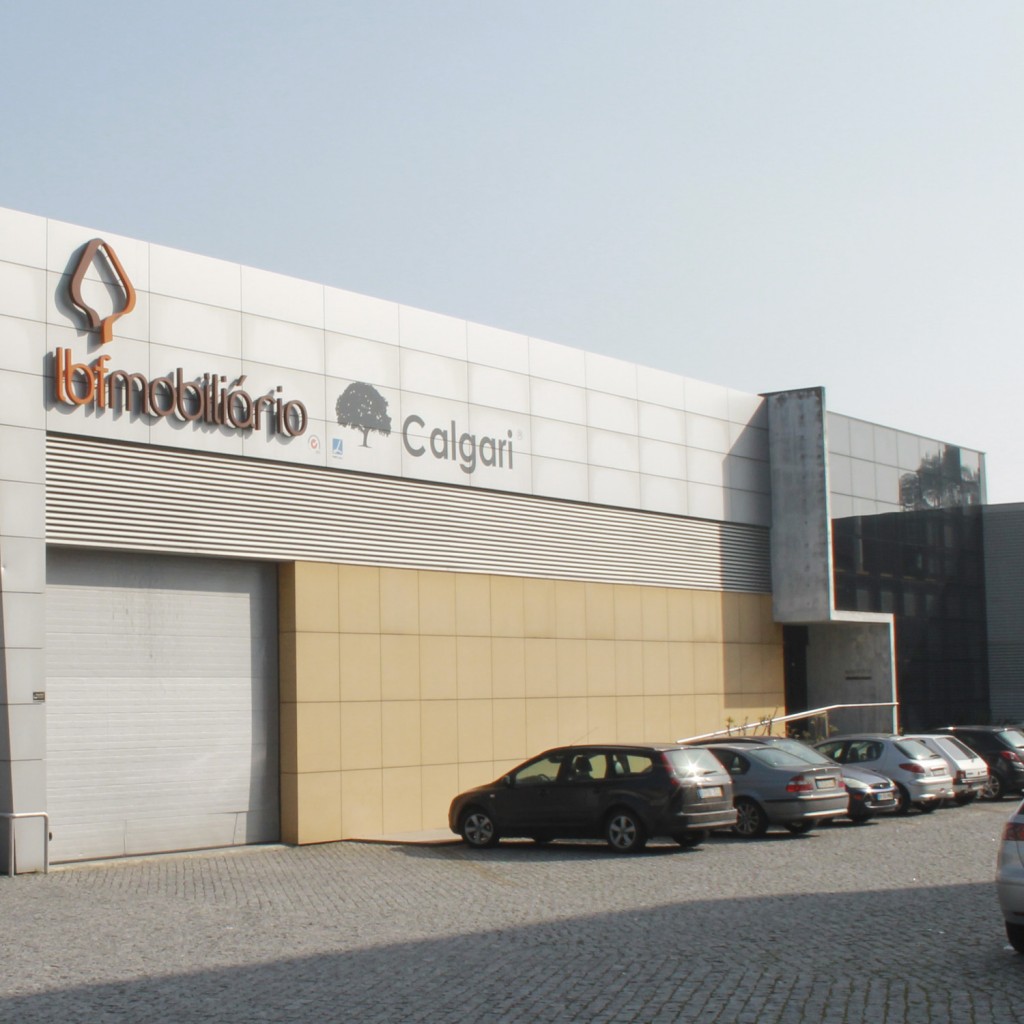
OH – ¿Cuál es el secreto de su éxito?
CH – Realmente no hay secretos. Siempre intentamos aprender de nuestros errores e intentamos mejorar nuestra empresa. Buscamos la perfección, probar los componentes que usamos, los procesos de fabricación y las alianzas que establecemos con otras empresas, siempre buscamos lo que nos dará el mejor resultado.
OH – ¿Cuáles cree que serán las tendencias esta temporada?
CH – Todos los años encontramos algo que al mercado le encanta y creo que la tendencia este año va a ser el uso de patas con estilo vintage, especialmente en las mesas auxiliares y los muebles de TV. Ya tenemos algunos diseños listos.
OH –¿Cuál es la pieza más especial de su catálogo?
CH – Podríamos decir que la mesa auxiliar Celsiaa es una de las mejores piezas que hemos hecho y ha tenido un gran éxito desde que la presentamos a principios de 2015 en el IMM en Colonia.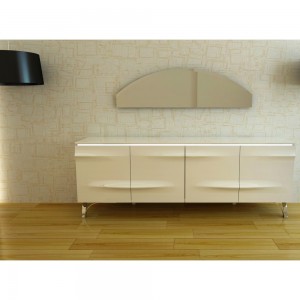

OH – ¿En qué proyectos están trabajando en estos momentos? ¿Podrías hablarnos sobre los productos que estáis desarrollando?
CH – Actualmente estamos invirtiendo una gran cantidad de tiempo en el desarrollo de nuevo mobiliario para el salón y el comedor, dado que creemos que es donde nuestros clientes invierten más en calidad y en diseño. Creemos que podemos crear un nuevo mueble auxiliar que va a resultar impactante para nuestros clientes y va a dar mucho que hablar.
OH – ¿Como veis el futuro en el mundo del mobiliario de diseño?
CH – Creemos que cada vez se a va a producir una mayor interacción entre los diseños clásicos y la imaginación de nuevos diseños. Una reinterpretación del mobiliario clásico, con la integración de la tecnología en el mobiliario, lo cual dará al público una sensacion de confort por las reminiscencias del pasado.
OH – ¿En qué países estáis presentes actualmente?
CH –Hemos exportado recientemente a los siguientes paises:
Argelia, Marruecos, Angola, Francia, Suiza, España, Israel, México, Chile, Alemania, Portugal, Inglaterra, Nigeria, India, Rusia, Qatar, Camboya y Libia. Actualmente estamos especialmente activos en Portugal, Francia, España, Israel, Angola, Inglaterra y Alemania.
OH – ¿Cuáles son los retos con los que os enfrentáis para los próximos años?
CH – Mantenemos al día en las nuevas tendencias e intentar continuar creciendo en países con economías potentes. Otro reto es mantener la calidad y la innovación presente, sin canibalizar a nuestros clientes actuales. Básicamente el reto que todas las empresas enfrentan: mantenerse frescas, tecnológicamente actualizadas e incrementar la lista de clientes.
OH – ¿Cuantos empleados tenéis actualmente?
CH – Somos más de 50 empleados.
OH – Nos encantaría incluir como parte de la entrevista una descripción de vuestro proceso de fabricación. ¿Podría darnos una descripción del proceso? ¿Donde se realiza? ¿Quien se encarga de cada fase?
CH – El proceso es más o menos como se describe a continuación:
1. Recibimos un pedido por parte de alguno de nuestros clientes.
2. Preparamos una factura proforma y la enviamos a nuestro cliente para su confirmación.
3. Una vez que la factura proforma ha sido aceptada, la enviamos a nuestra Oficina Técnica, donde traducen el pedido a una solicitud de producción.
4. La producción comienza, el primer paso es cortar la madera en los tamaños y formas adecuadas.
5. Si la madera necesita ser doblada o se le necesita dar una forma especial, esto se hace después de la fase de cortado.
6. Una vez cortada, las maderas se ensamblan como una pieza de mobiliario para comprobar si hay algún error. Esto garantiza el producto final y se comprueban las medidas y la calidad.
7. El mueble se desmonta de nuevo y se envía para su pintado.
8. Una vez está seco, se le aplica una capa de arena antes del proceso de lacado.
9. Cuando todas las piezas están secas y listas. Se monta de nuevo y las piezas hardware (tornillería) se montan en el mueble. Asimismo, también los cristales, luces y cuaquier otro elemento extra se añade en esta fase.
10. Después, el mueble se empaqueta con protecciones, film, cartón, etc..
Clara Home is a Portuguese company dedicated to the manufacture of furniture design.
OcioHogar had the pleasure to meet you further through this interview.
OcioHogar had the pleasure to meet you further through this interview.
OcioHogar – How did the idea of creating Clara Home originated?
Clara Home – The necessity to create the Clara Home brand became ever more present when we needed to change our approach to the public, because the brand LBF furniture was more associated to a production company and classic models. With Clara Home, we leaped to the design field, creating original pieces, with new finishing’s and new components. With this new brand, we became younger, more style oriented and we segmented our clients with a clearer.
OH – What is the secret of your success?
CH – We really don’t have a secret. We always try to learn from our mistakes and we try to improve our company. We aim to perfection, testing the components we use, the way why produce and the partners we have, always going what can give us the best result.
OH – What do you believe will be the trends for this season?
CH – Every year we find something that the market really like and I believe that the trend this year will be the use of vintage legs, especially in sideboards and TV stands. We have some designs.
OH – What is the most special piece of your catalog?
CH – Personally, I think that the Celsiaa sideboard is one the best pieces we have made and has become a great success, since it was introduced in the beginning of 2015, at IMM Cologne.
OH – What are you currently working on? Could you tell us about new products you are developing?
CH – We are currently investing our time in developing new furniture for the living and dining room, since we believe is where our clients invest more in terms of quality design. We believe we can introduce some new sideboard that will really make an impact in our clients and make us the talk of the town.
OH – How do you see the future in the world of furniture design?
CH – I see furniture design as an increasingly stronger mix between the past trends and the imagination of the future. A reimagining of our furniture of the past, with the integration of technology in furniture, will give the public a sense of comfort from the past, if we feel of our childhood furniture with 30/40/50 years, with felling it like it is old and displaced and outdated in today’s world.
OH – In which countries are you currently present?
CH – We have exported recently to the following countries:Algeria, Morocco, Angola, France, Switzerland, Spain, Israel, Mexico, Chile, Germany, Portugal, England, Nigeria, India, Russia, Qatar, Cambodia and Libya. Currently we are more active in Portugal, France, Spain, Israel, Angola, England and Germany.
OH – Which are the challenges for the coming years?
CH – Keeping up with new trends and trying to sustain our growth in countries with strong economies.mAnother challenge is keeping the quality and the innovation present, without annihilating our current costumers. Basically the challenge that every company faces: keeping it fresh, currently technology and increase our customer list.
OH – How many employees do you have currently?
CH – We currently have over 50 employees.
OH – We would like to include as part of the interview a description of the manufacturing process. Could you give a description of the manufacturing process?, where is it done?, who is in charge of each phase? Could you please send us photographs of the process?
CH – The process is more or less like the following:
- An invoice is sent to our company by our Comercial representatives or our clients.
- The invoice in processed and it is sent to the client for confirmation.
- After the invoice is accepted, it is sent to our Technical Cabinet, where they process it to a production sheet.
- Then it’s sent to production, where they start by cutting the wood in the necessary sizes and shapes.
- If the wood needs to be bent or shaped, it will be done after the cutting phase.
- After it has been cut, the wood is assembled as a full piece of furniture to check for any errors. This ensures that the final product has the correct measures and quality.
- The furniture is again split to pieces and it is sent to have the primary applied.
- After it dries, the piece is sanded before it receives the coats of lacquer.
- When all the pieces are dry and ready, it is assembled once again and the hardware is attached. Glass, lights and other extras are also added in these phase.
- After that, the furniture is packed with film, foam and cardboard. The identification label is glued to the package and that furniture is ready to be sent to the client.

